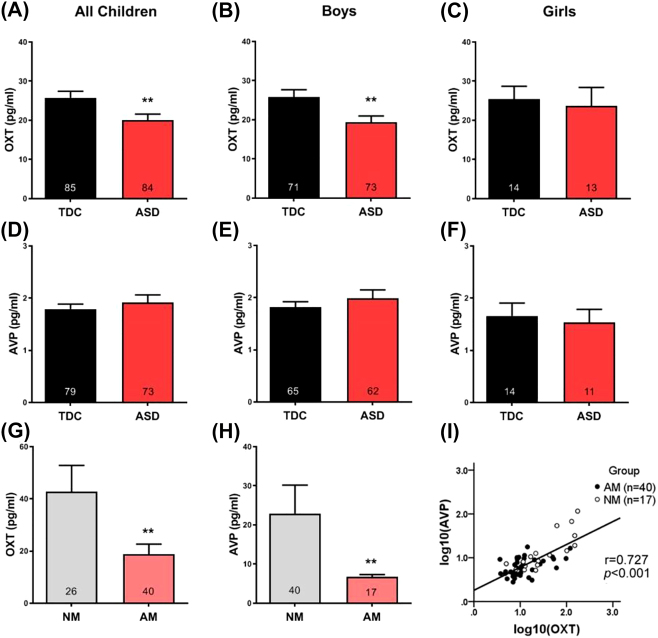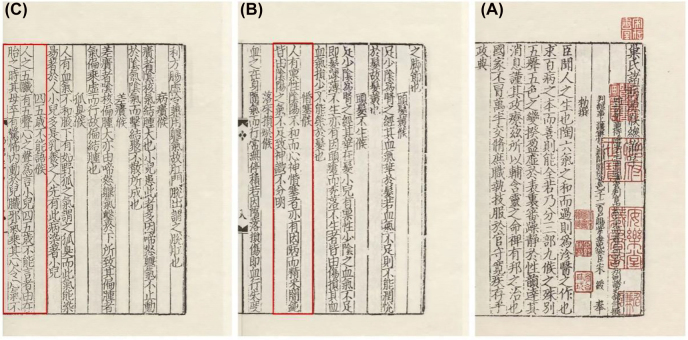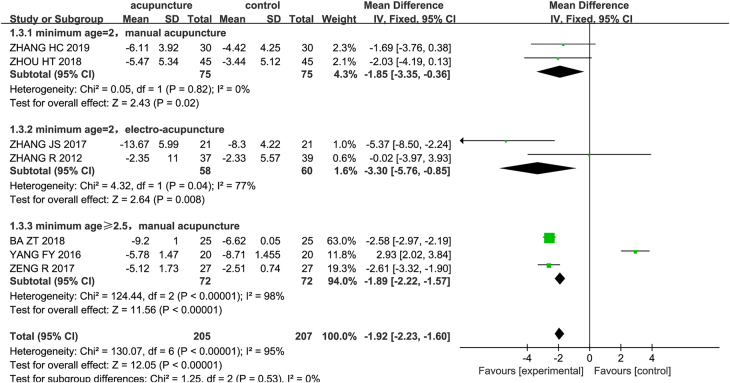Oxytocin and arginine vasopressin: a bridge between acupuncture and autism spectrum disorder.
Medical review (Berlin, Germany)
Pub Date : 2022-04-27
eCollection Date: 2022-04-01
DOI:10.1515/mr-2022-0001
引用次数: 1
Abstract
In the Sui Dynasty (581–618) of China, Chao’s “On the Etiology of Diseases” described the “hun se” (muddleheaded) and “yu chi” (language delay) phenotypes, which are clinically manifested as a lack of speech and neurodevelopmental retardation in children (Figure 1). Since the first report of early infantile autism by Kanner in 1943 [1], the diagnosis of autism has undergone several revisions, and this broader group of disorders was renamed autism spectrum disorder (ASD) in the fifth edition of the Diagnostic and Statistical Manual of Mental Disorders (DSM) in 2013 [2]. The phenotypes of ASD extend beyond the classic form of autism described by Dr. Leo Kanner, as evidenced by the observation that an increasing number of peoplewith some autistic traits, including social and communication deficits and stereotyped repetitive behaviors, have normal intelligence. In recent years, the prevalence of ASD has reached 1 in 44 8-year-old children in the United States [3] and 1 in 143 6–12-year-old children in China [4]. As rapid advances in genetic research and neuroscience have clarified this disorder more than 200 highly plausible ASD-risk genes or copy number variants and environmental risk factors have been identified. These complex etiologies cause structural and functional brainwide alterations, resulting in abnormal cortical development, synaptic dysfunction, circuit-level brain dysfunction, and neuroinflammation, which can, in turn, lead to behavioral phenotypes in ASD. However, there is currently no true medication available for effectively treating ASD, and early behavior modification has long been regarded as the only effective treatment technique. There is still a long way to go in terms of new drug development, with aripiprazole and risperidone being the only FDA-approved medications for treating severe symptoms of ASD. Several other new drugs have failed in phase two or three clinical trials.



催产素和精氨酸加压素:针灸和自闭症谱系障碍之间的桥梁。
本文章由计算机程序翻译,如有差异,请以英文原文为准。
求助全文
约1分钟内获得全文
求助全文

 求助内容:
求助内容: 应助结果提醒方式:
应助结果提醒方式:


